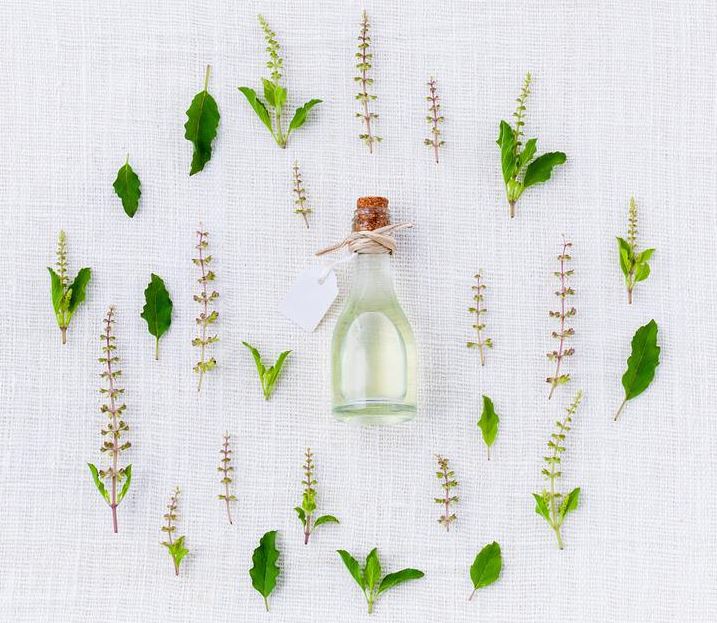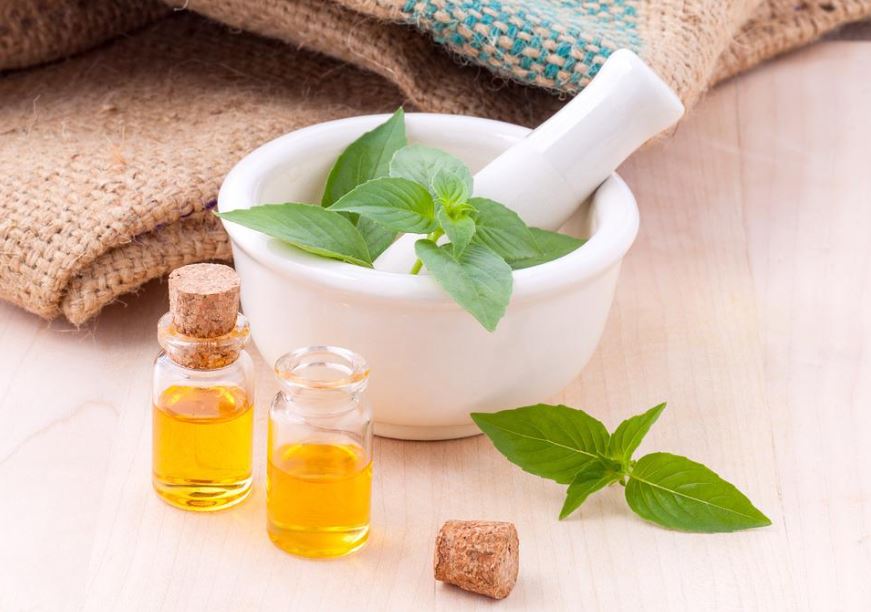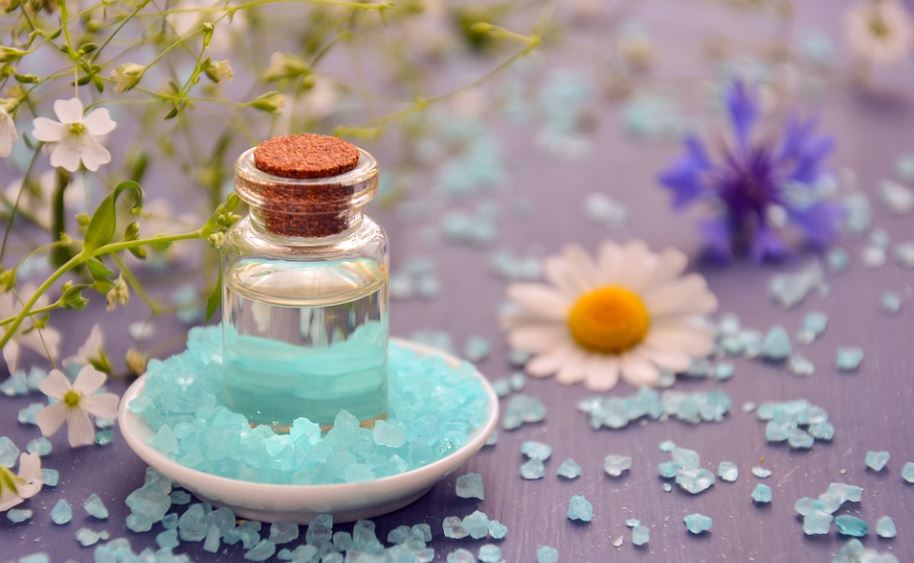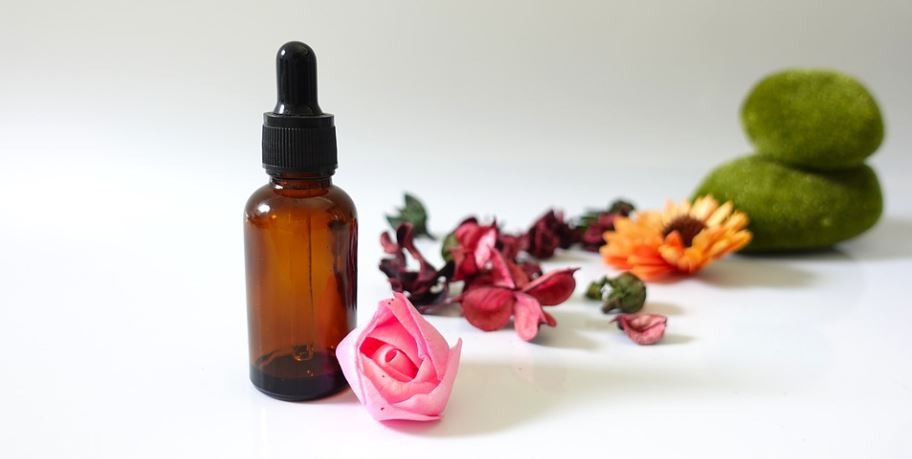The benefits of essential oil are endless. From aromatherapy to skin care; their usage is versatile. Moreover, they have been utilized in medicines because of their healing properties for ages. The good news is that; you can now make your own essential oil at home. The extraction process might not be easier than buying a bottle from the store, but you will be proud of yourself at the end of the day.
In this post, you will learn about different ways of preparing essential oils all by yourself! Keep reading.
What Are Essential Oils?
Concentrated oils that contain an essence or aroma in them are called essential oils. They are plant-based oils and widely used in cosmetics, perfumes, soothing oils, aromatherapy, candles and the list goes on.
Are Essential Oils Any Different From Infused Oils?
Usually, people get confused between the infused oils and essential oils. However, both of them are different from each other, and it is important to know how. Here is the comparison chart to clear your doubts.
Type of oil | Brief description | Intensity | Concentration | Application | Uses | Price | Shelf life | Example |
Essential oil | Natural oil extracted through plants and herbs | Highly intense | Highly concentrated | Needs to dilute with a carrier oil before usage, especially on the skin. | Shampoo, soap, body wash, diffuser, cleaning product, perfumes, etc. | Expensive, if available in the purest form. | Longer | Tea tree oil, lemon, frankincense and lavender essential oil. |
Infused oil | Carrier or vegetable oil infused with plant materials, like flowers and herbs. | Mild | Diffused, lightweight | Can be utilized as it is because they are already diluted. | Skincare products, soaps, aromatherapy, lotions, massage oils, body wash | Affordable | Short comparatively | calendula, St. Johns Wort, arnica, comfrey and mullein. |
DIY Essential Oils At Home
There are several ways of extracting essential oils at home, from easy to complex. It may take a couple of hours or a few weeks to get the final product, based on the method you choose for the process.
| Important
Keep in mind that essential oils are potent, distilled and should be mixed with a carrier oil to prevent skin damage or harmful side effects. |
Methods to Prepare Essential Oils (Easy and Complex)
There are basically five popular ways for preparing essential oils. You can choose any one of them, depending on the availability of equipment, time span you wish to spend or the type of result you like.
- Slow cooker (infused, dilute oil)
- Sunlight (infused, dilute oil)
- Oven (infused, dilute oil)
- Home distillation (pure essential oil)
- Vodka (pure essential oil)
The home distillation and vodka methods are the most complicated ones, but they help you extract the essence in the purest form by using distillation and solvents. The other listed methods are good for generating diluted essential oils with carrier oils.
Ingredients You Would Need For The Process?
Note down all these ingredients that you would need, regardless of the type of method you select.
- Herbs, spices, fresh flowers or desired citrus peels
- Carrier oil – here are some of the light scented ones:
- Sweet almond oil
- Olive oil
- Peanut oil
- Jojoba oil
- Coconut oil
- Sunflower oil
-
- Muslin, fine gauze or Unbleached cheesecloth
- Storage bags with zip shut
- Wooden mallet or mortar and pestle
- Wide-mouthed jar, preferably Mason jar
- Storage bottles in dark colors, like dark amber, cobalt blue or dark green
The Making Process (Easy Methods)
Let’s start with the easy and basic ways to make essential oils at home first.
- Slow Cooker Method
This one requires very little effort, once you have measured all the raw materials. The process takes around eight hours and end up making diluted essential oil. Follow the mentioned steps:
- Place the herbs and oil in a slow cooker.
- Turn it on at approximately 140 °F on the keep warm settings.
- Cover up, and let it simmer for around six to eight hours and that’s all!
| Tip
You can use a normal cooker in this process that you generally use for making vegetables. |
- Oven Process
This procedure is as easy as the last one. Even the result is similar to the slow cooker method, but its preparation time is less comparatively.
- Firstly, you need to preheat your oven at 150 °F.
- Place the herbs and oil in a dish (oven safe).
- Let it cook in the oven for at least two hours.
| Tip
Don’t leave the oven unsupervised. You need to be around when the oil is extracting in the oven to prevent any regretful circumstances. |
- Sunlight Technique
Don’t want to stick around while the oil is processing? No problem! You can try the sunlight light technique instead. Although this procedure takes the longest time to show the desirable results, but it is easy to perform and doesn’t require your presence. Here are the guidelines to follow:
- Add the herbs and oils in a mason jar and seal its opening with the help of a rubber ring (Don’t use metal ring as it may contaminate the oil).
- Place the jar under the sunlight for 14 days minimum.
That’s it! Easy-peasy.
Making Essential Oils From Dried Flowers and Herbs
The basic measurements of carrier oil and dried flowers/herbs for the above-mentioned recipes are: 1 cup carrier oil with ¼ oz. of dried flowers or herbs.
Although some recipes may vary this ratio, but it works for most of them.
Making Essential Oils From Fresh Plants and Flowers
Any of the listed method can be used to make diluted essential oil through fresh plants and flowers as well.
If you have fragrant flowers or herbs at hand, like lavender, chamomile or rose; place them in a plastic bag and gently hit the content by using a wooden mallet to bruise the plant first. The rule is to pour 1 cup of carrier oil with every ¼ cup of fresh herbs, flowers and other plant materials.
Basic Steps for Preparing and Storing Diluted Essential Oil
There are some basic rules applied on all the easy methods:
- No specialized equipment is required for any of the techniques.
- The result will also be in the form of diluted essential oil, which is plant essence with carrier oil.
- Once extracted, strain the mixture into a dark-colored bottle or jar with the help of muslin, gauze or unbleached cheesecloth.
- Keep the oil and discard the leftover material.
- Don’t forget to date and label the container.
- Always store the essential oil in a dark, cool and dry place.
- Usually, homemade essential oils can last from six to nine months, based on the blends used in its making.
The Making Process of Pure Essential Oil (Difficult Method)
The distillation and solvent procedures are not easy, and they involve:
- The usage of specialized equipment
- Longer amount of preparation time
- Large quantity of plant materials
However, the end product is a pure form of essential oil that you get from the manufacturers. Have a look at the complex methods in detail now.
- Vodka Solvent Method
This technique allows you to extract pure essential oil by using vodka as a solvent for getting the plant essence from raw components. This process will take several weeks, a large amount of material and a lot of equipment, but the outcome is all worth it!
- Home Essential Oil Distillation
This method requires an oil distiller to extract the essential oil in the purest form through plant material. Home distillation is also a lengthy and complex process.
Different Type of Essential Oils and Their Uses in Our Life
Now that you know how to make essential oils at home; take a look at different ways to use them effectively. This will help you choose which flavor you should make, depending on your preferences and needs.
| Essential Oil | Usage |
| Lemon | Natural cleanser,
repel insects |
| Lavender | Lotions, perfumes, massage oils, diffusers |
| Orange | Cleaner, bath products |
| Peppermint | Pain, headaches, cooling effect |
| Eucalyptus | Helps in cold, congestion, arthritis, immunity booster |
| Tea tree | Treats acne, dandruff, lice and skin irritation |
| Frankincense | Clear skin, immunity booster |
Click here to learn about the best essential oils for acne-prone skin.
Tips and Tricks for Making DIY Essential Oils
No matter, what method you are using; the following tips should be followed for great results:
- Make sure the equipment is clean. You can also sterilize the apparatus in a dishwasher.
- Are you planning to make large batches of oil? Don’t do it until you are sure of finishing it all in a couple of weeks. It is suggested to prepare small batches of essential oil because of their shorter shelf life.
- Try using the purest material for best result, like organic oils and herbs.
- Use a funnel for pouring the oils into the dropper bottle for a hassle-free application.
- Do not forget to wear gloves while blending or handling pure essential oils in order to prevent the contact of undiluted oils with skin. (Direct contact might lead to sensitization reactions).
- Don’t forget to mix a carrier oil in pure essential oils before applying it. According to the general guideline; a teaspoon of carrier oil should be mixed with two drops of pure essential oil. This rule is not for the infused oils because they are already diluted.
- Never ingest essential oils.
- Natural oils are flammable. Therefore, keep the product away from any sort of heat source or open flame.
Final Words
Essentials oils have tons of benefits, and they are pretty much available at any supermarket. However, if you are a person who loves DIYs, and always eager to make everything yourself; then there is great news for you. Essential oils can be made at home with no specific equipment and absolutely no rocket science (simple methods). Although some procedures are complex, but certainty worth your efforts. Don’t forget to dilute pure essential oil before applying. Moreover, perform a patch test to check for any allergies reactions.
So, which one of the given techniques are you going to try?





